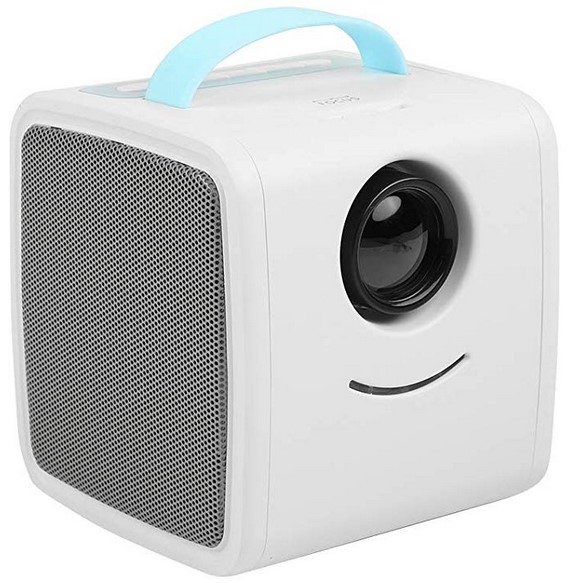
- #BEST MINI PROJECTOR MOVIE#
- #BEST MINI PROJECTOR INSTALL#
- #BEST MINI PROJECTOR PORTABLE#
- #BEST MINI PROJECTOR TV#
To get the perfect screen fit and alignment, you must place them an exact height and distance from your wall or screen.
#BEST MINI PROJECTOR INSTALL#
They’re also physically less awkward to install than a ceiling-mounted projector, though that doesn’t mean installation is super easy. They use brighter lasers that never need to be replaced - and because laser light is collimated, focusing is eliminated.
#BEST MINI PROJECTOR TV#
You can mount them close to the wall like a TV, with no need to run wires through the walls and ceiling, but still get an immersive image as large as 120 inches - something that’s impossible with a TV unless you’re very rich. Since the last time we updated our guide, ultra-short-throw projectors have become the hot new category, offering several benefits. What to look for in a projector Ultra-short-throw LCD projectors tend to be sharper, more efficient and more color accurate, but have lower contrast ratios and can experience image degradation over time. Those then pass through LCD displays containing the image and converge via another prism before passing through the projector’s lens.Įpson is the primary user of LCD tech, along with Sony, Sanyo and others. LCD tech, meanwhile, uses a prism to split a light source into red, green and blue beams. The biggest drawback is the rainbow effect, or bright red/blue/green artifacts that affect some viewers more than others. The benefits of the tech are portability, high contrast, less fringing and cheaper projectors, especially 4K and ultra-short-throw models. Both use mirrors that tilt by +12 and -12 degrees for white and black, but TI recently unveiled a new 0.47-inch 4K-capable DMD with +/-17 degrees of tilt, which should enhance both brightness and contrast.ĭLP projector makers include LG, Optoma, LG, BenQ and Panasonic. Those tilt either toward the light source (on) or away from it (off) at up to 5,000 times per second.īudget projectors like BenQ’s HT3550i use TI’s 0.47-inch DMD, while higher end models, like the Samsung Premium LSP9T use the 0.66-inch chip. The heart of the tech is an optical semiconductor called a digital micromirror device (DMD) that contains millions of aluminum mirrors. Most projector manufacturers now use DLPs, or digital light processing units, manufactured nearly exclusively by Texas Instruments (TI). That’s essentially a lifetime of use (about 10 years). Lasers are a far better solution than lamps, because they’re brighter and last far longer - up to 30,000 hours instead of 6,000. The rise of ultra-short-throw projectors and brighter long-throw models, meanwhile, has been powered by falling prices in laser illumination technology. They’re fundamentally different systems, with their own advantages and drawbacks. Here are the basics: Projectors generally use two types of technology, LCD and DLP. This buying guide will help you understand all that so that you can purchase the best projector for your needs within your budget. There are also a lot of terms to understand, like lens shift, LCD vs.

#BEST MINI PROJECTOR PORTABLE#
There are a lot of different types of projectors, though, ranging from ultra-short-throw to portable to long-throw.
#BEST MINI PROJECTOR MOVIE#
That’s around the same price and over double the size of a decent 65-inch TV, giving you something close to true movie theater immersion with a home theater projector.

Better still, you can now get 4K HDR models that can project up to a 150-inch image for as little as $1,000. Over the last year, we’ve seen models bright enough to use in a normal room, short-throw models that take up very little space and have built-in sound bars, and better picture quality than ever with 4K and Dolby Vision features.


 0 kommentar(er)
0 kommentar(er)
